The chair on display is covered in green upholstery, moves smoothly on casters and is meticulously carved with intricate floral designs. Called a lady's chair by the maker, it is based on an original from Britain's Victorian era, and has a "gentleman's chair" companion piece. It is one of many included in what is in effect a renaissance of European furniture styles in Taiwan. But each one of the chairs is only 2 inches high, and while the doll's house proportions would delight any child, they are more aimed at the adult collector.
Miniature furniture is included in statistics for Taiwan's toy industry, which last year earned US$38 million in foreign exchange, making it the second largest in Southeast Asia. But makers of the pieces regard them as art rather than toys, since so much craftsmanship goes into them.
The collector of mini-furniture has a wide choice of items, including tables, beds, closets, pianos and cupboards as well as chairs. The dining room table has an extension in case the owner wants to entertain. The accessories will fit in any room in the house, and include such items as stationery holders, staircases, wallpaper, carpeting, porcelain and pottery utensils, artistic lamps, bathroom equipment and paintings, all copied to the last detail despite their small size.
The mini-furniture industry was started in Europe as a means of entertaining the aristocracy. Although demand was small at first, the popularity of the products soon spread to the huge American market and many manufacturers entered the line. As mini-furniture became a big-selling item, production was taken over by Hong Kong and Taiwan, where large pools of skilled and low-cost labor were available.
When production first started in Taiwan, manufacturers had gifts for children in mind. But as collectors entered the market, quality was improved, and stiff competition soon assured that only makers of the highest standard survived.
Accompanying the higher quality came a new manufacturing method which involved using thin strips of wood shaped by treatment with hot and cold water. Prices inevitably rose, until today a Victorian-style chair can cost between US$20 and US$40, and an entire furniture set goes for up to US$500. Although Taiwan's labor is not so cheap any more, and the recession is taking its toll of other industries, makers of mini-furniture still manage to maintain a 20 percent annual growth rate.
Strict quality control has been a big factor in the success of the industry, particularly since the products are shipped to countries with different humidity levels, which might warp the wood. As standards of living have risen, people in Taiwan have also become interested in collecting mini-furniture. This has further helped to expand markets for manufacturers, and brought more prosperity to one of Taiwan's leading "mini-industries."
[Picture Caption]
1. Ku Pao-yen enjoys playing with mini-furniture. 2-5. Different styles of mini-furniture for every corner of the "home".
1-6. Tables, chairs and beds to fit a miniature world. 7. Most mini-furniture is meant to be collected rather than used as a toy. 8. Grandfather clock. 9. Mini-furniture wins admiration for its intricate workmanship.
1. Mini-furniture is realistic down to the last detail--even the drawers work. 2. Craftsmen at work constructing a roof for a mini-house. 3. One of the final tasks for the mini-furniture maker is to apply metal decorations with a pair of tweezers.
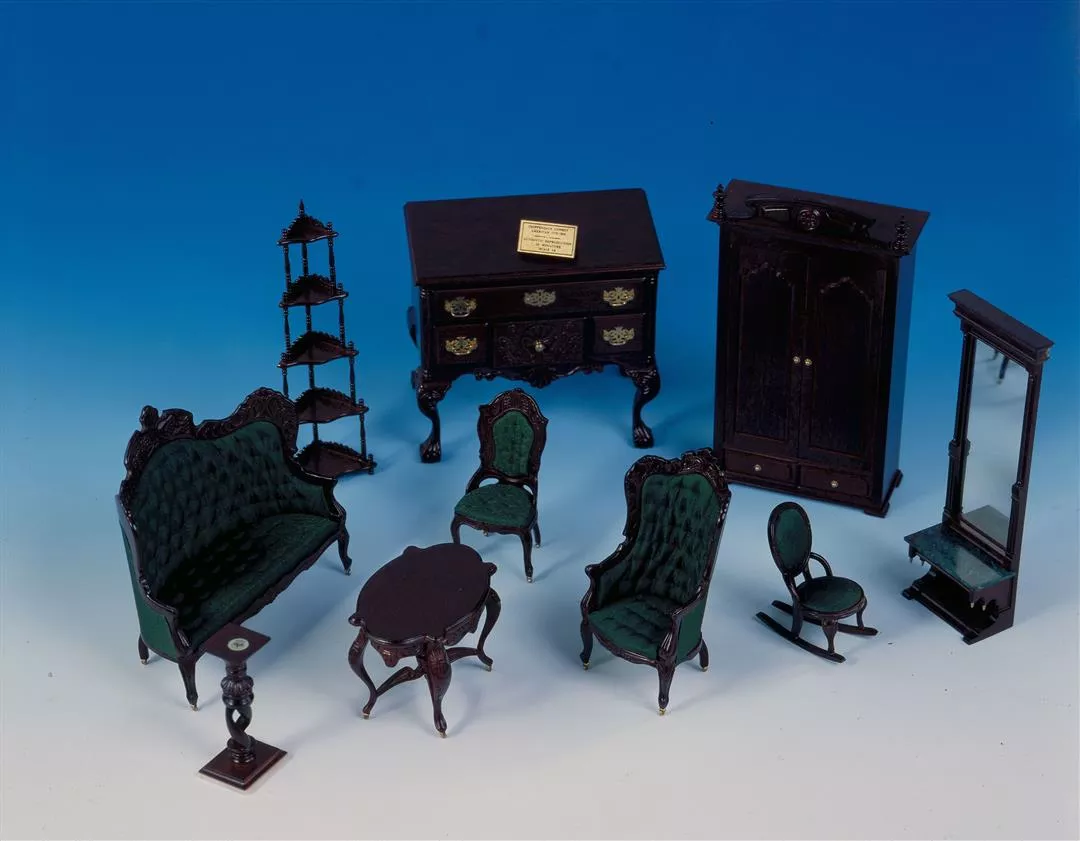
Different styles of mini-furniture for every corner of the "home".
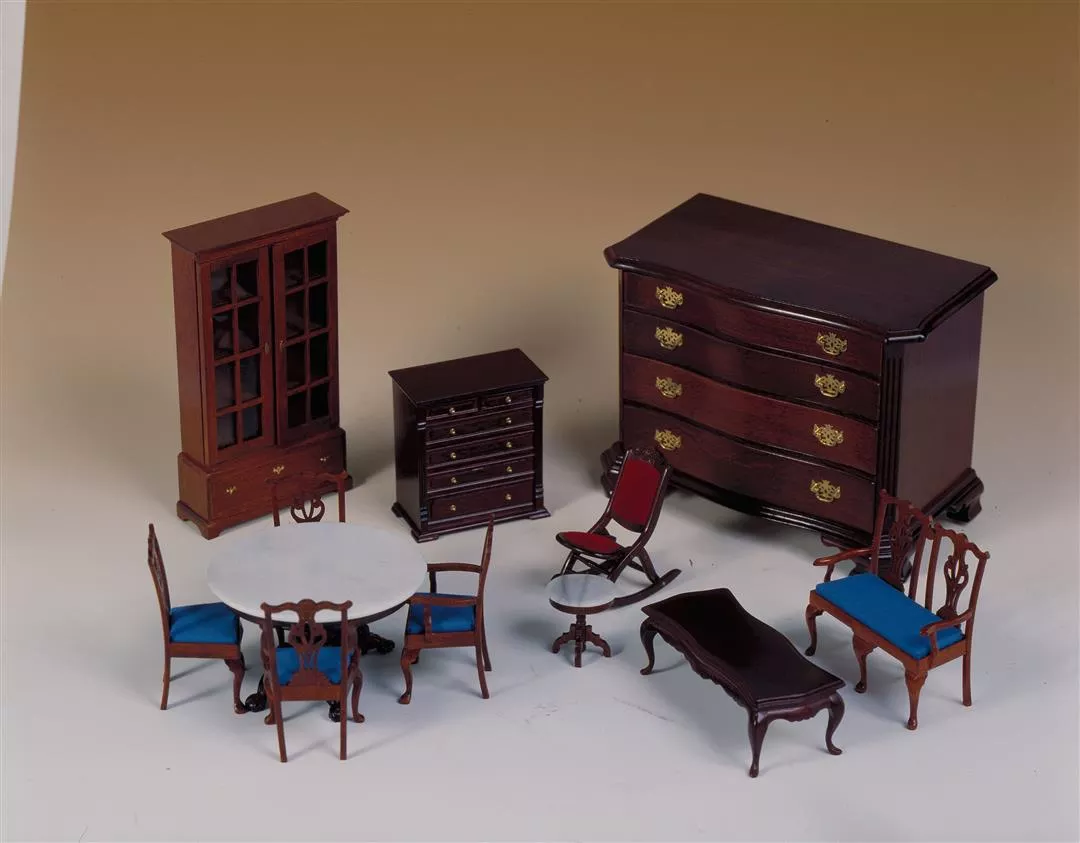
2-5. Different styles of mini-furniture for every corner of the "home".
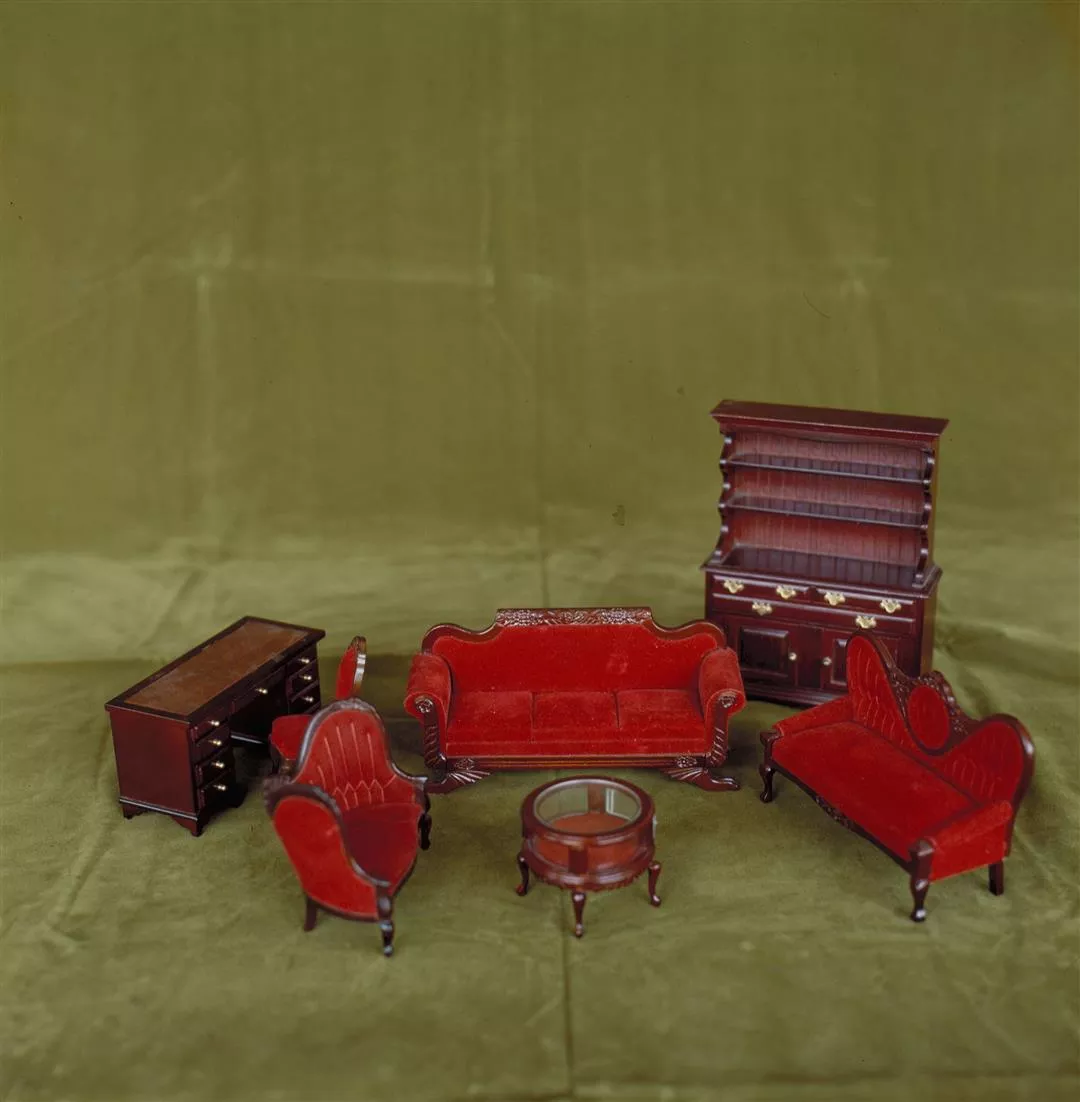
Different styles of mini-furniture for every corner of the "home".
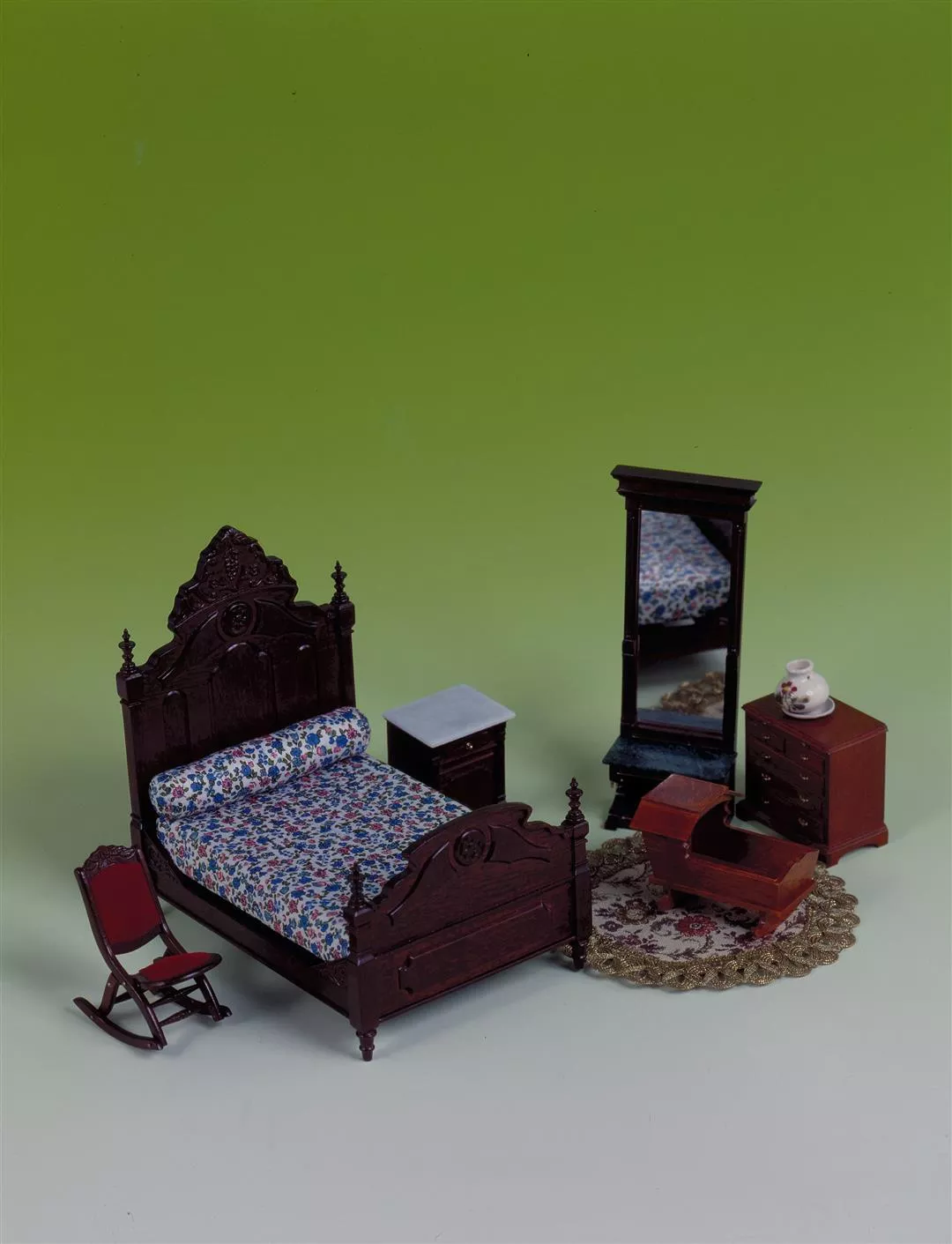
Different styles of mini-furniture for every corner of the "home".
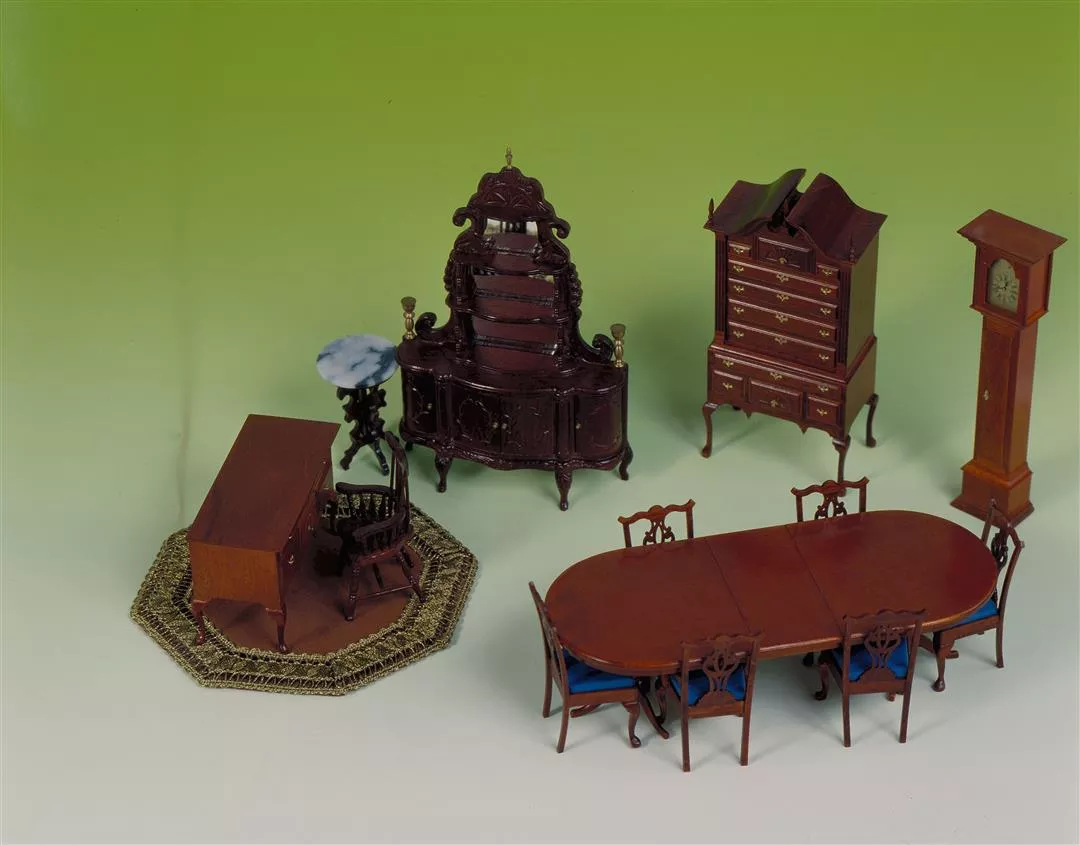
Tables, chairs and beds to fit a miniature world.
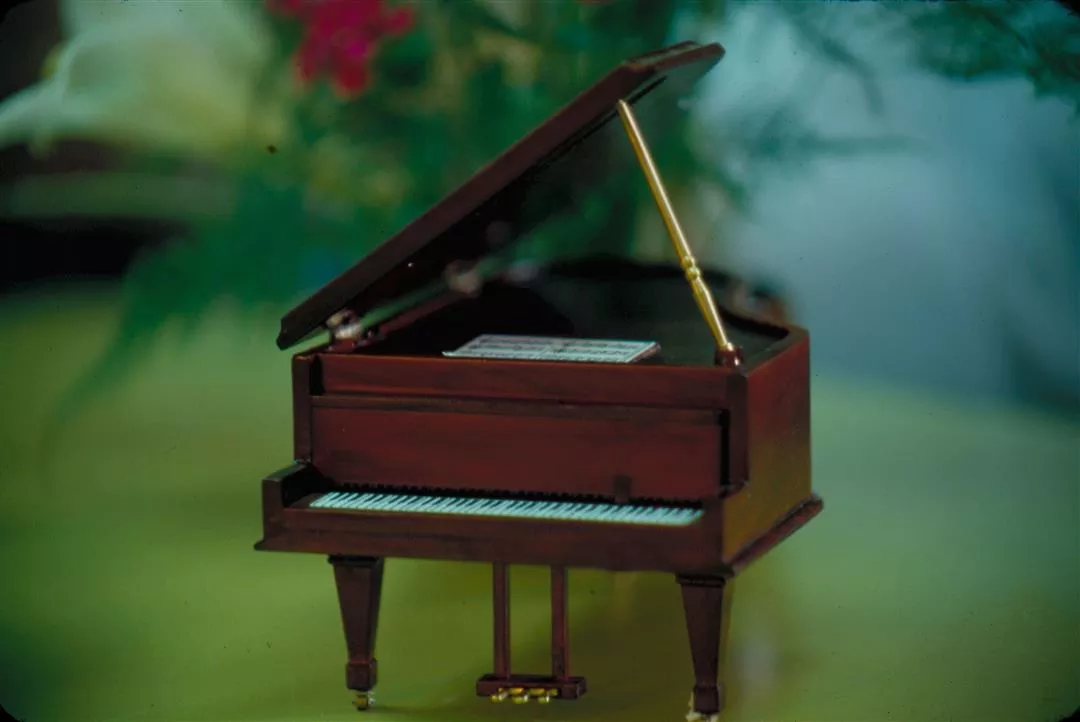
Tables, chairs and beds to fit a miniature world.
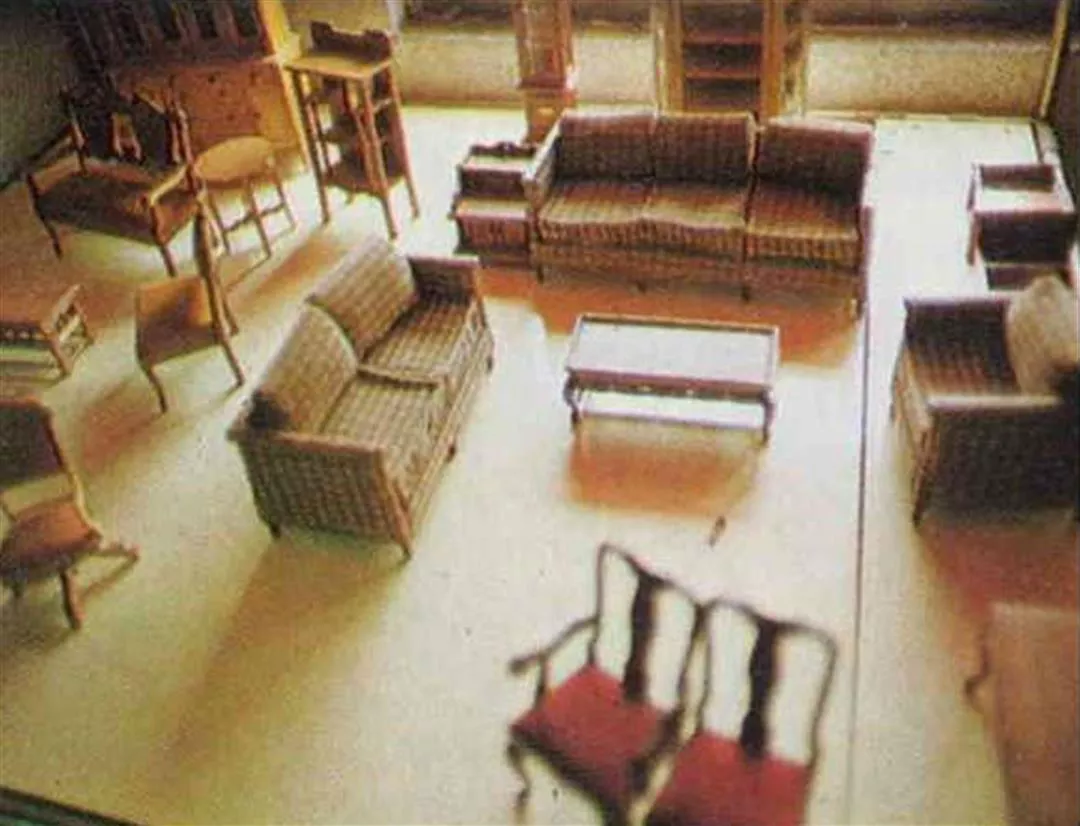
Tables, chairs and beds to fit a miniature world.
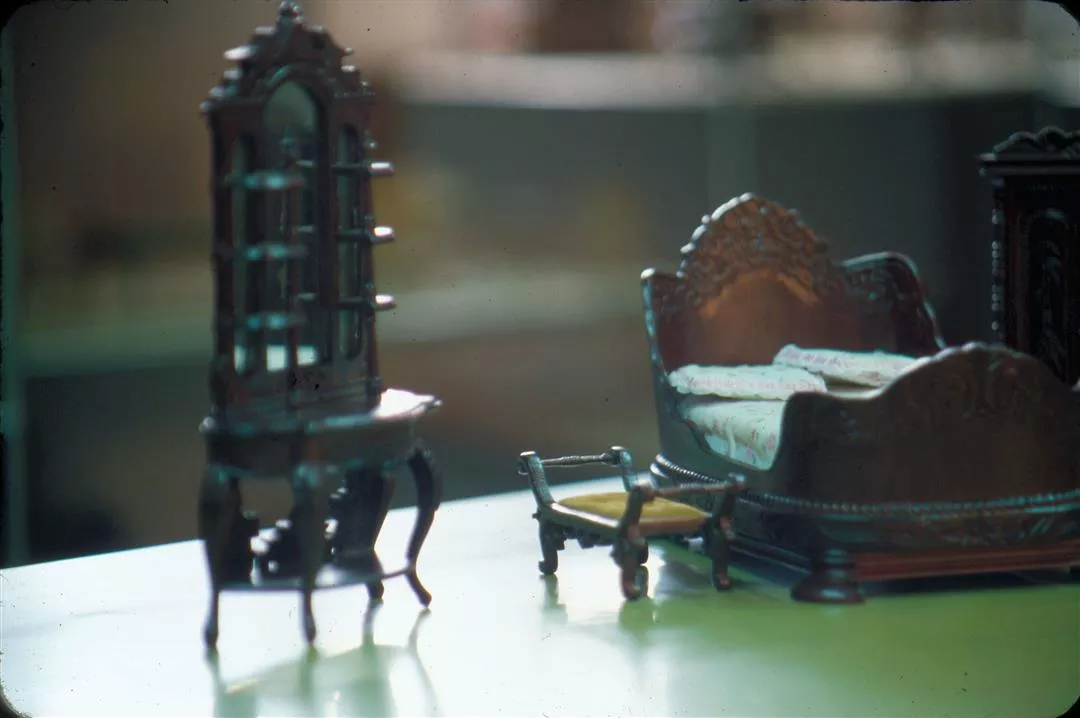
Tables, chairs and beds to fit a miniature world.
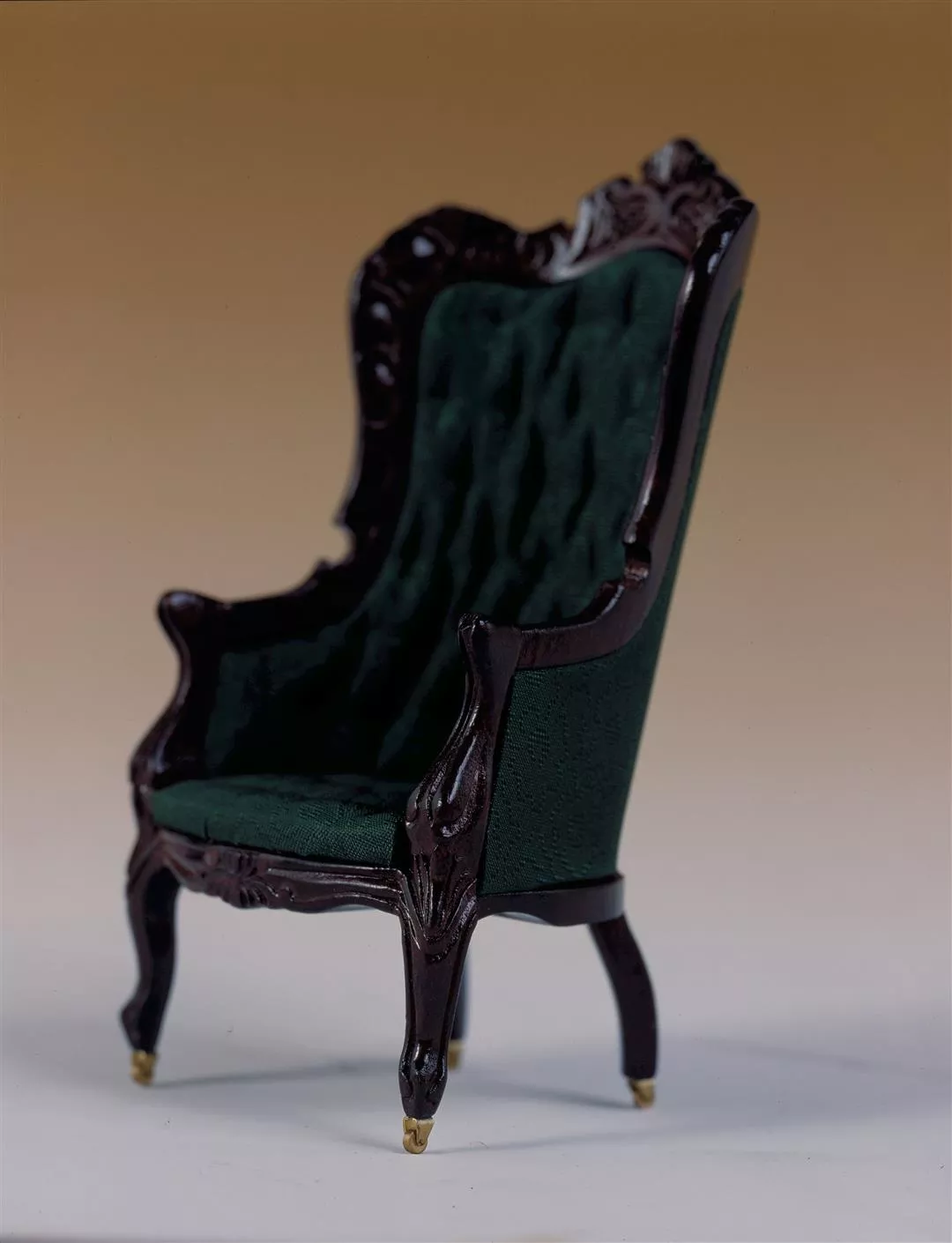
Tables, chairs and beds to fit a miniature world.
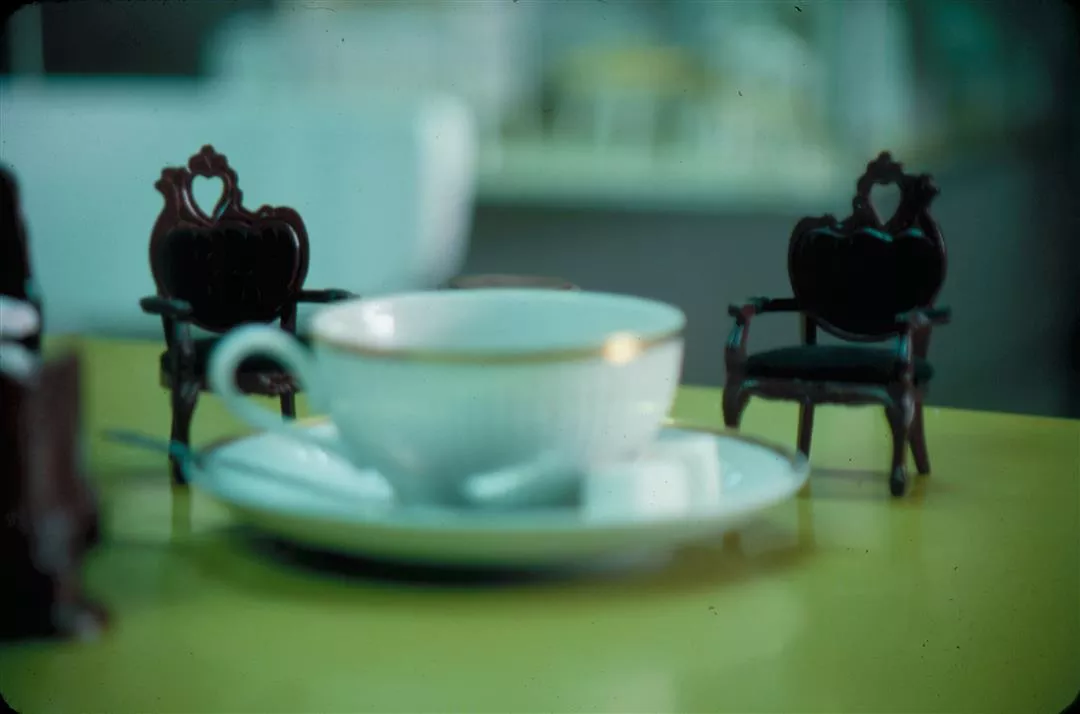
Tables, chairs and beds to fit a miniature world.
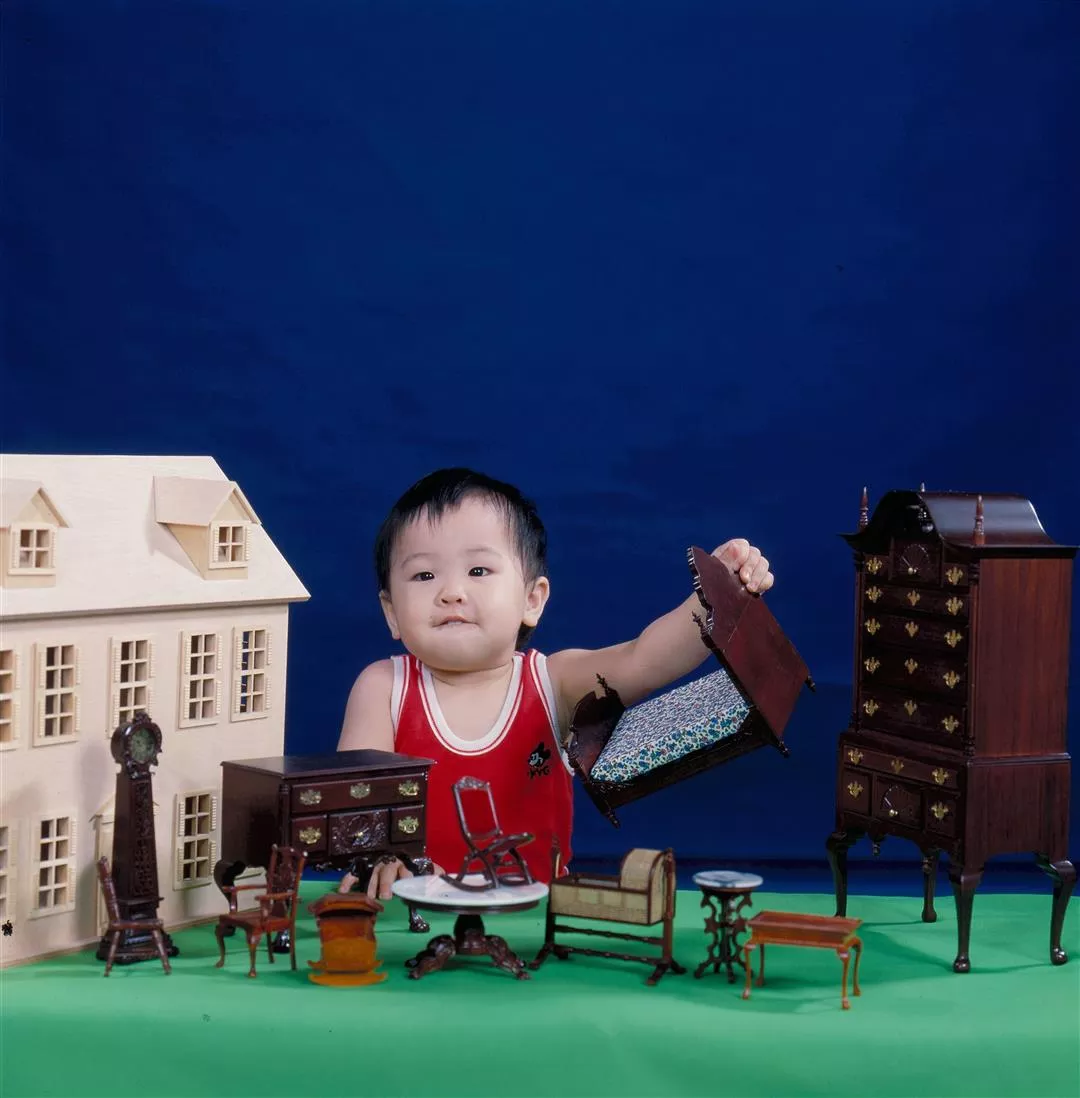
Most mini-furniture is meant to be collected rather than used as a toy.

Mini-furniture wins admiration for its intricate workmanship.
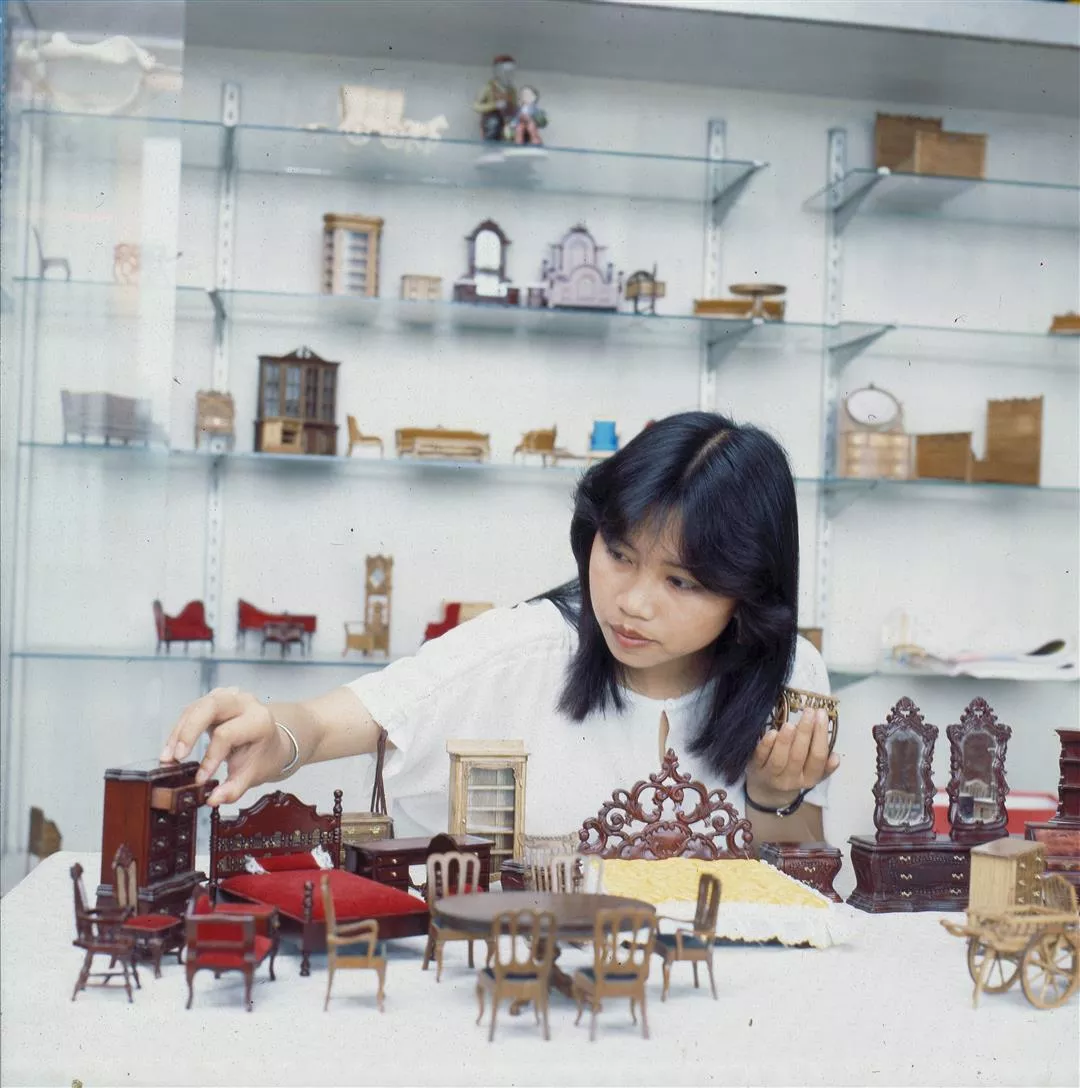
Mini-furniture is realistic down to the last detail--even the drawers work.
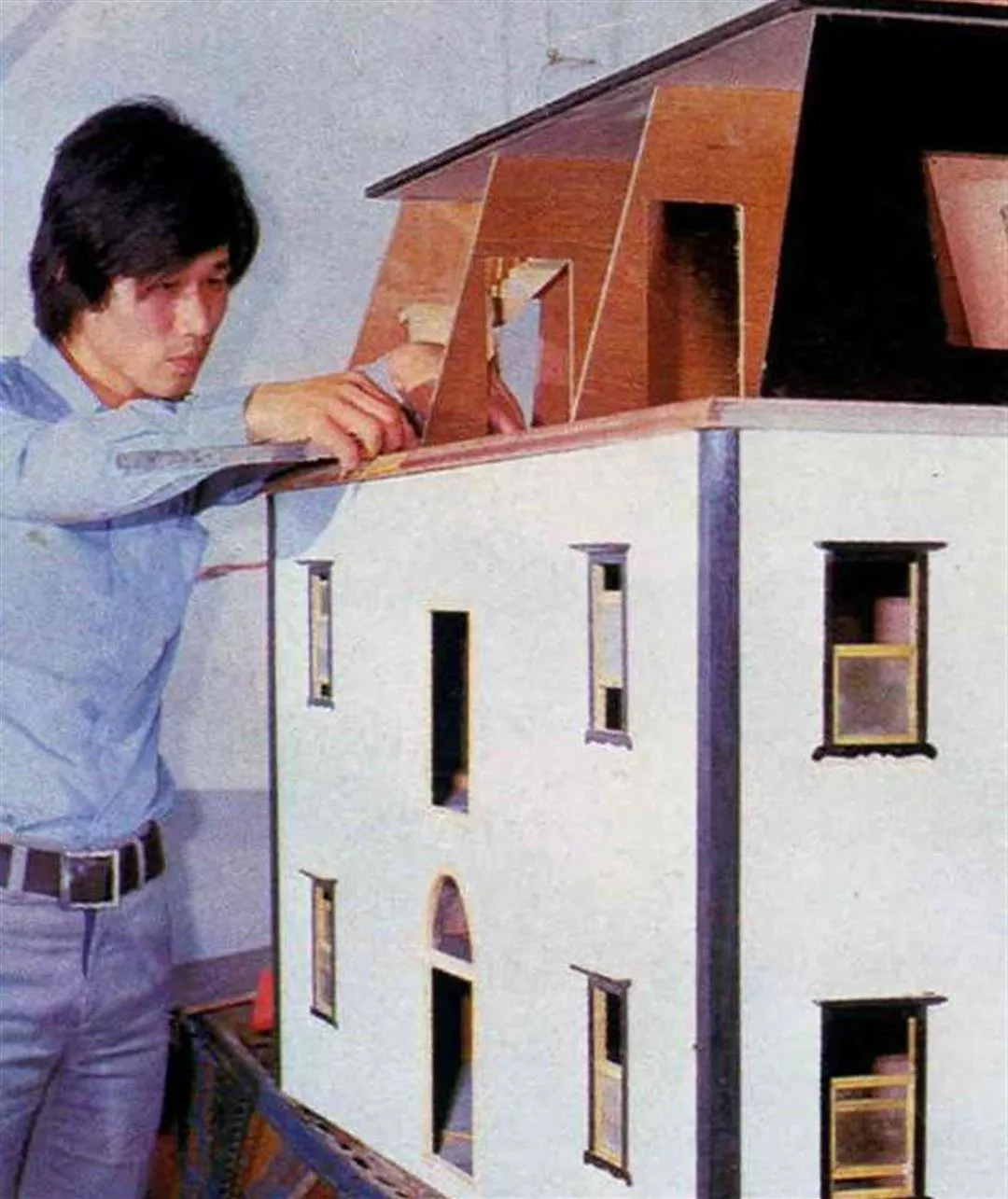
Craftsmen at work constructing a roof for a mini-house.
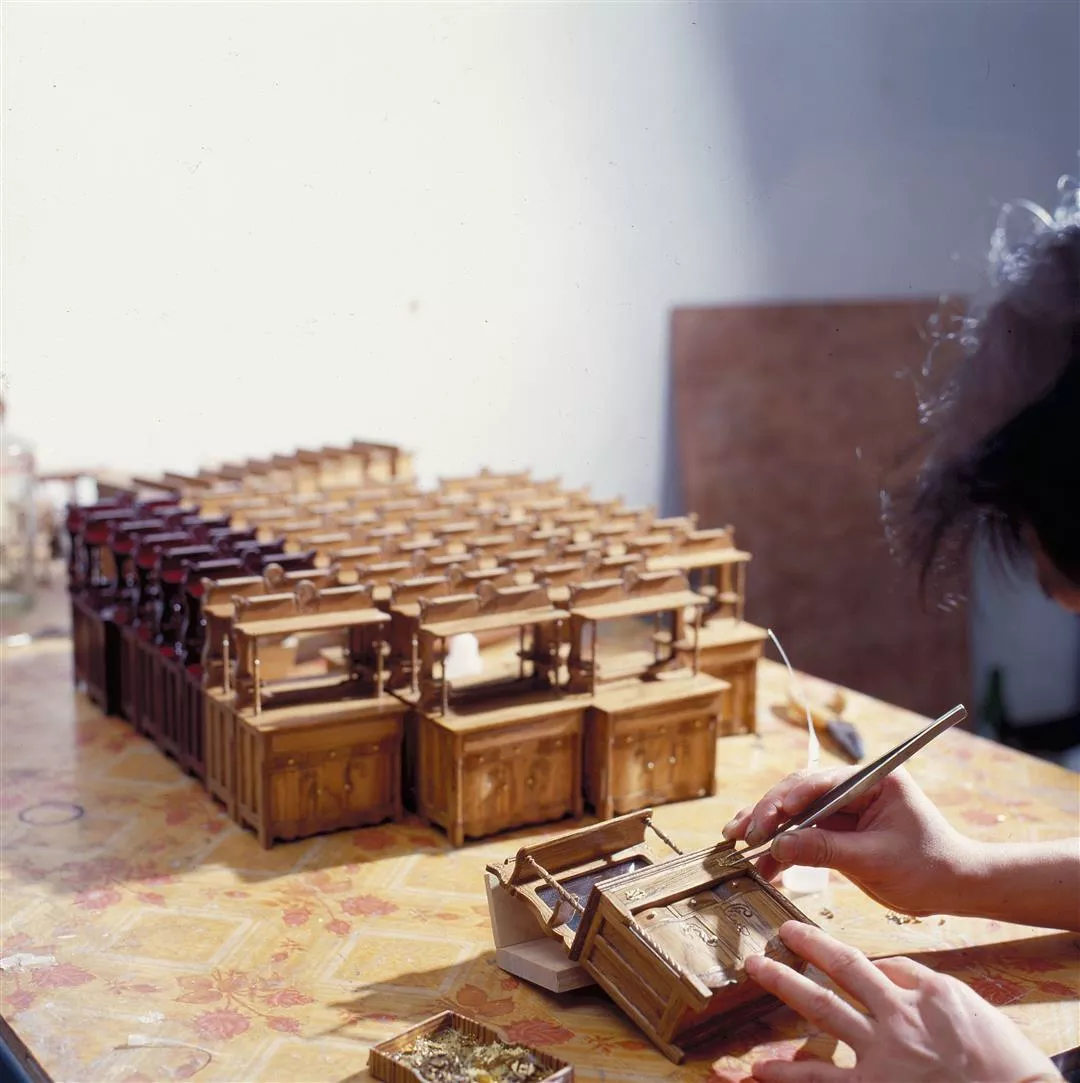
One of the final tasks for the mini-furniture maker is to apply metal decorations with a pair of tweezers.